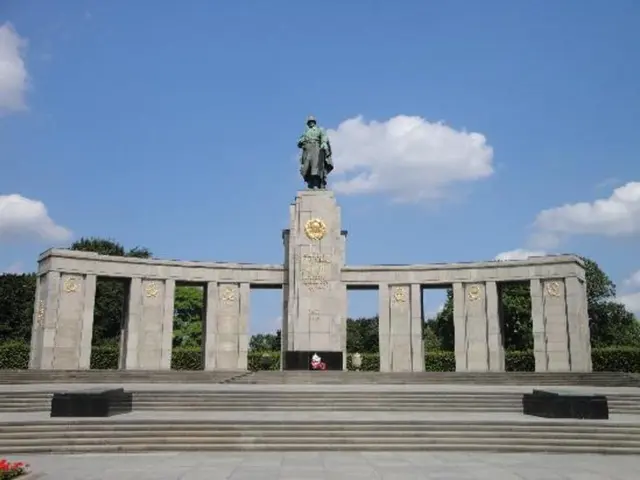Regional surge in migration: 10-year high observed in Omsk area
In the Siberian city of Novosibirsk, a council meeting was held to honor the 25th anniversary of the establishment of the presidential plenipotentiary representatives' institute. The event brought together the leaders of Siberian regions, with the focus of the discussion centering on migration policies within the Siberian Federal District.
According to state records, the Omsk region has registered a population increase through migration for the first time in over a decade. Omsk region Governor, Vitaly Khotchenko, attributed the daily efforts of the plenipotentiary's team to protecting Siberian interests at the federal level for this positive trend.
Khotchenko acknowledged that the team concentrates on vital development questions for all regions in the Siberian Federal District. He extended his gratitude to Anatoly Seryshev, the Presidential Plenipotentiary Representative in the Siberian Federal District, for his unwavering support of Omsk initiatives. This collaboration has been instrumental in uniting the endeavors of all the Siberian regions in their joint bid for Russia's cultural capital of 2026 and youth capital of 2025.
The recent national migration policies in Russia involve facilitating the movement and integration of foreign nationals, aligned with regional demographic and economic goals. These policies have a direct impact on the Omsk region, making it more appealing to foreign workers and professionals, thereby bolstering its labor market and demographic structure.
The simplified process for obtaining temporary residence permits and the employment support mechanisms make Omsk more accessible and attractive to potential migrants, potentially helping address population decline and stimulate regional economic sectors. The introduction of digital migration monitoring and registration systems in Omsk aims to modernize the region but necessitates local adaptation and capacity building to manage the new procedures efficiently.
What impact do the recent national migration policies have on the Omsk region? They make it more appealing to foreign workers and professionals, thereby bolstering its labor market and demographic structure.
In politics and general-news, Omsk region's Governor Vitaly Khotchenko appreciates the unwavering support of Anatoly Seryshev, the Presidential Plenipotentiary Representative, in facilitating migration that aligns with regional demographic and economic goals.








